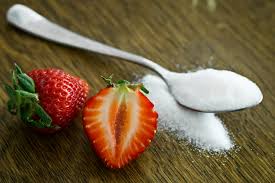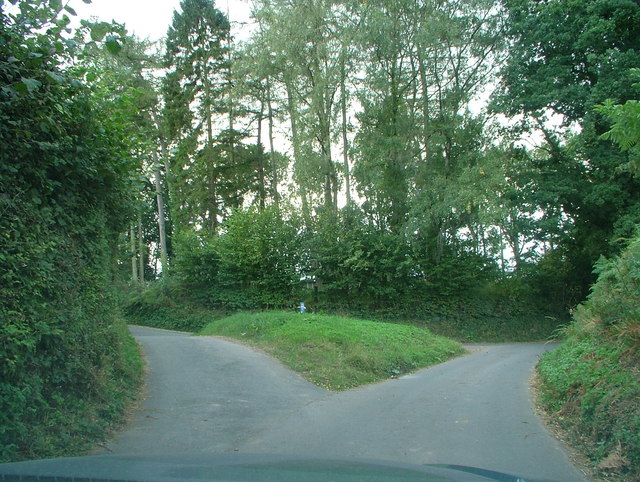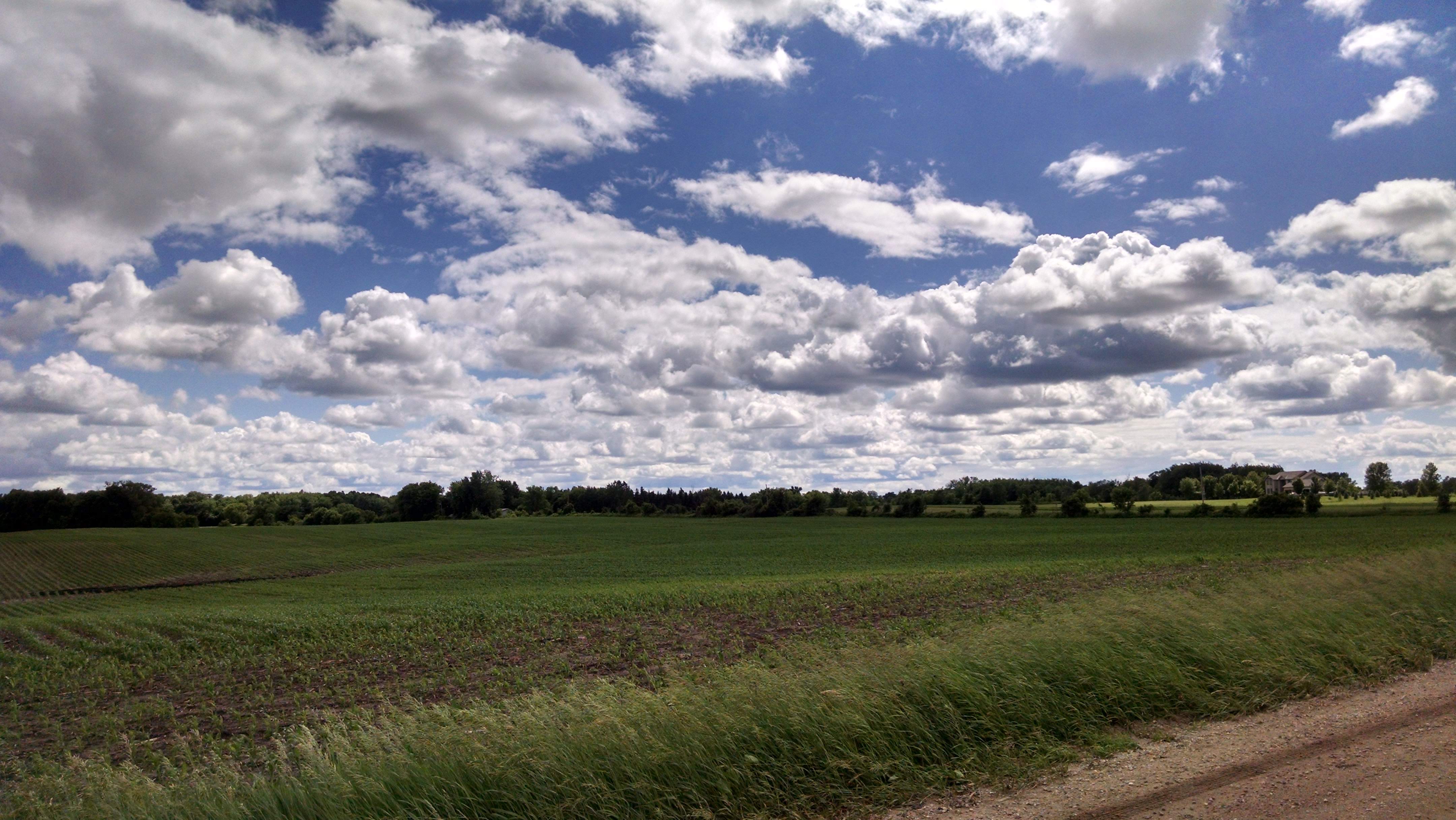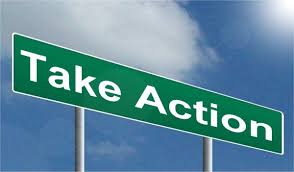I love to bake. I don’t remember at what age I began, but it seems I have loved baking all of my life. When I was in high school, thinking about my future, I considered becoming a baker, but then decided it would take the fun out of it for me to have to do it day in and day out. When I bake, it is for the joy of it, on my terms. For me, the process of stirring, rolling and creating is very meditative, and then watching the look on the faces of those eating my treats brings me joy.
Over the years, baking became my escape at times. When I was stressed, or needed time alone, I would bake, and I became good at it. Not professional quality, but good enough for people to ask me to be the one to provide dessert for holidays and gatherings. My specialty was Scotch Shortbread cookies, using a recipe from my Scottish grandmother. Even she was thrilled when I would make her some shortbread.

I never considered myself a food pusher. Although I always offered and it made me happy when people did eat my treats and enjoy them, I don’t think I ever went beyond a, “Are you sure?” when someone rejected my offer.
For decades I happily baked sweet treats on a regular basis, and even looked for reasons to bake for others. But, since being diagnosed with cancer and then learning about the effects of sugar, I only bake when I have a specific reason. You see, I have a hard time justifying making sugar and fat loaded items, knowing what it does to the body. I began asking myself why would I provide those I care about with something that may ultimately cause disease?
Instead I now want to provide people with food that nourishes them. And guess what? Preparing nourishing food to share with others gives me as much joy as watching the faces of those eating the sweet treats. Now when I go to gatherings I’m more likely to bring a colorful plate of veggies and a bean dip, or make a comforting pot of veggie soup for someone in need.


What does all this have to do with food pushers?
People who lovingly create food for others get joy and satisfaction out of watching you eat the food. Watching the look of, “Mmmm” on your face makes the time and effort worth it, which in turn, feeds their soul. But, there is a line between lovingly creating and offering food, and pushing it upon someone. Pushers cross that line and become insistent that you take a taste, or eat more, or even hand you food that you either didn’t ask for or already had stated you didn’t want to eat. They take the emotional satisfaction of providing food for others to a whole new level! Food pushers attempt to make your food decision for you.
Do you know a food pusher, perhaps at work or in your family? With the holidays people are making more food, and going to more gatherings and you are bound to encounter food pushers.
What can you do when a food pusher crosses that line?
The quickest and most effective way to stop a food pusher in their tracks is simply to say, “No, thank you,” and then change the subject. A good tactic in changing the topic is to compliment the food pusher. Imagine this: You’re at a family gathering and that well-meaning relative comes to you with a plate of her home baked favorite treat. Maybe you don’t like the item she is offering, or maybe it is not within your health goals, or maybe you simply are not hungry. It does not matter! You CAN simply say, “No, thank you. What a beautiful _________ you are wearing! It really matches your eyes.” If you don’t want to be quite that direct, you could say, “That looks amazing. I’m full now, but maybe later.”
Hear me loud and clear when I say, you do not need to explain yourself to ANYONE! You do not need to add an explanation to your response, Like, I’m not eating sugar right now. That will only elicit discussion and more pushing. But, giving the food pusher a compliment turns the situation around and will make them happy in the same way it would if you had eaten their creation. And you will get bonus points if you ask them for the recipe.
You see, people who make food for others put the L ingredient inside of it – that’s LOVE. Not eating the food that is lovingly prepared may evoke a feeling of personal rejection, even though the recipient is only saying no to the food and not the person. By showing the giver some love, they may not even notice your food choices. Coming from a place of love and appreciation, while still respecting your own wishes and boundaries, is the bridge of peace between you and the food pusher.




























You must be logged in to post a comment.